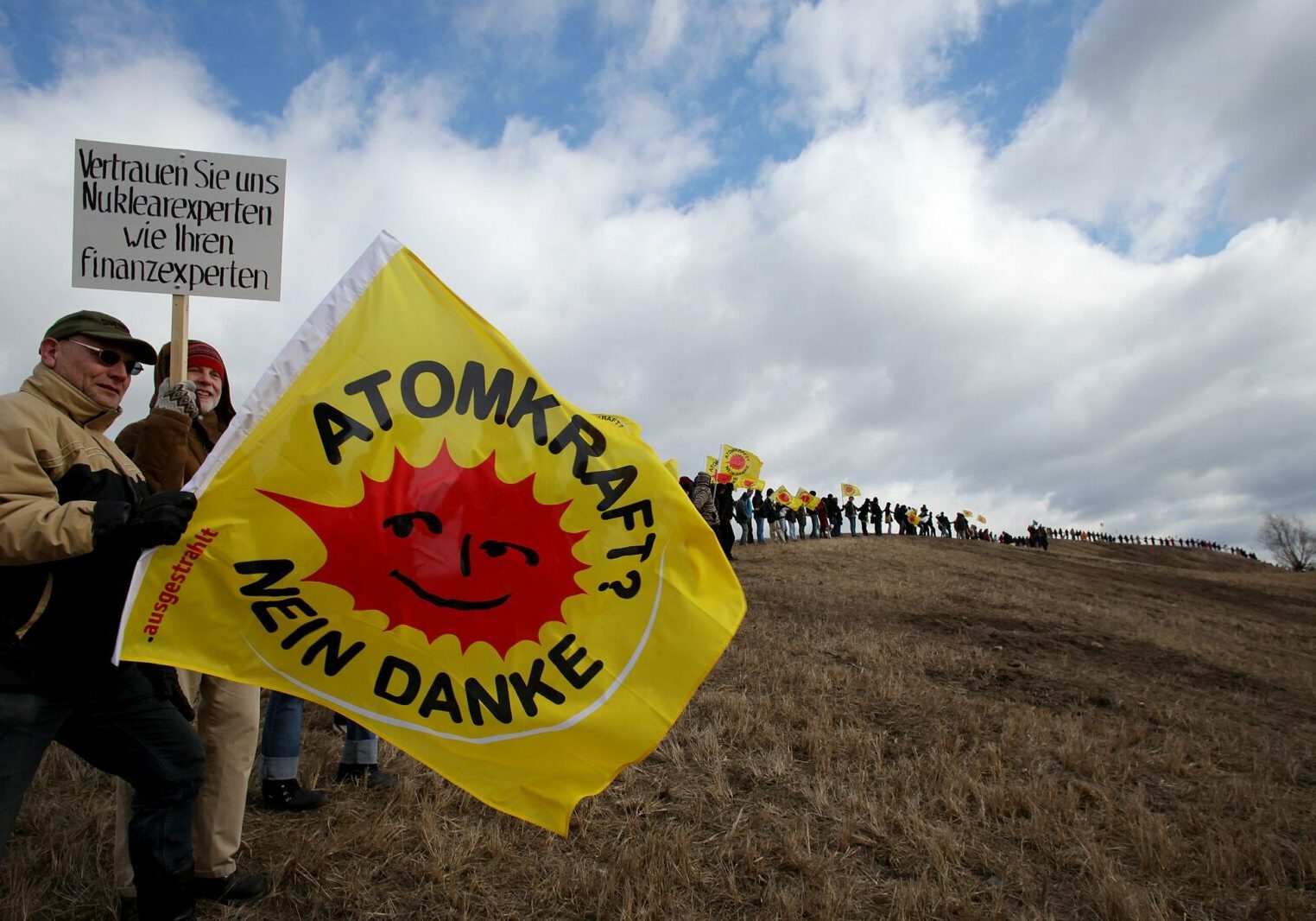Germany’s last nukes shut down

As planned, Germany closed the last of its three operational reactors on April 15. These were kept running beyond their original December 2022 shutdown dates, largely as a political concession to conservative minority partners within the German government, as their electricity was not actually needed. The German winter energy crunch was related to a cutoff of gas imports from Russia, needed for heating. Since German heating is not electric, nuclear power had no role to play in easing that situation.
Amidst all the false propaganda in circulation that the German nuclear shutdown has caused a rise in coal use in Germany, it’s important to note an important historical fact that is the genesis for the German green energy revolution — known in Germany as the Energiewende.
The Renewable Energy Act of 2000 stipulated as a pre-condition, that if nuclear power plants were to be shut down, these would be replaced by renewable energy and not by fossil fuels. And by creating a favorable and reliable investment environment for renewables, this is exactly what happened. Given its starting point in 2000, the growth of renewables has been stratospheric and Germany is well on target for its 2045 carbon-neutral goal. It also plans to phase out all coal use by 2038 at the latest and possibly by 2030. Moreover, while the nuclear share of Germany’s electricity market in 2000 was around 30%, today it is less than 6%.
Recent slight increases in brown coal (lignite) production in Germany were not for domestic consumption but market driven and, ironically, to meet winter electricity needs in nuclear France, which saw more than half of its not-so-reliable nuclear power fleet go down. More information about why Germany’s Energiewende is working, can be found in the 5th edition of our Talking Points. (Headline photo: Jakob Huber/Wikimedia Commons)
Support Beyond Nuclear
Help to ensure a safer, greener and more just world for all

